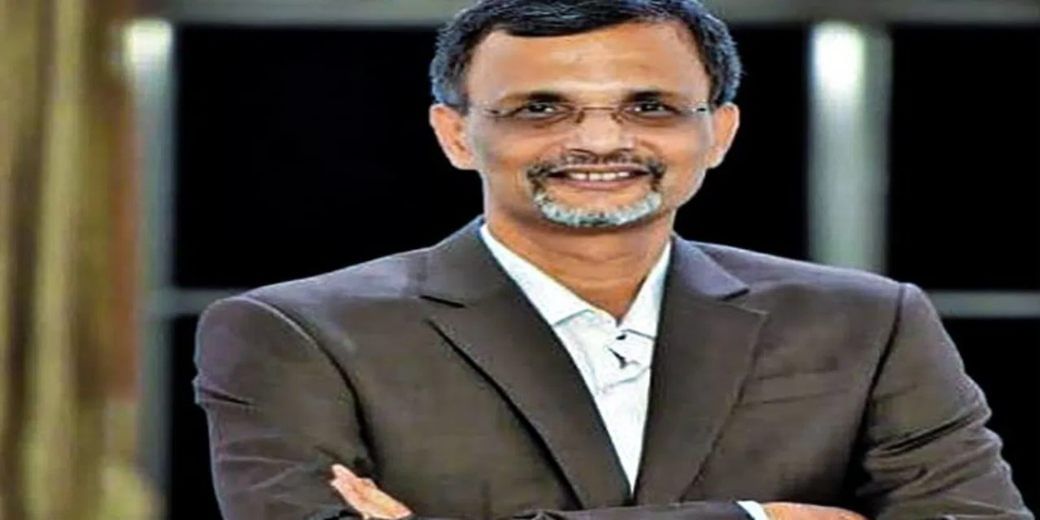CEA points to pvt capex, hopes for 6.5% growth this year
Data from the National Statistical Office showed that capital investment in the country picked up in the January-March quarter

The higher-than-predicted 7.2% expansion in the gross domestic product in 2022-23 would be matched by around 6.5% growth in the current fiscal, chief economic adviser (CEA) V Anantha Nageswaran said on Wednesday, rounding off his hope by asserting that capital formation in the private sector is already taking place.
Much of the CEA’s optimism was based on strong demand and high capacity utilisation. Data from the National Statistical Office showed that capital investment in the country picked up in the January-March quarter.
Nageswaran also pointed to the 20% year-on-year growth of capital goods imports into the country as a dependable indicator of the growing private investments and higher capacity utilisation.
Though the demand from the household sector was rather weak, analysts attributed it to the weakness in the rural sector, where demand was yet to pick up.
Gross fixed capital formation which is often regarded as an index of investment in infrastructure, accounted for 29.2% of the GDP in 2022-23 in nominal terms. The corresponding figures for 2022 and 2021 were 28.9% and 27.3%.
Both the investment and consumer momentum – aided by a dip in retail inflation – could power the growth this fiscal, the CEA remarked.
The share was higher on real GDP terms – 34% last year and 32.7% and 31.1% in the two preceding years respectively. Gross fixed capital formation in 2022-23 was the highest as a share of GDP in the past nine years – an indication of the sustained focus of the government on capital expenditure.
One of the major comfort points could be the decline in inflation. The CEA said this year retail inflation could crawl down to about 4%, which is the midpoint of RBI’s reference range of 2-6%.
The inflation front is already looking up with a sharp reduction of retail inflation to 4.7% in April, which is the lowest in the past year and a half.
Among the other factors that could facilitate growth in the current year are: production-linked incentives schemes, PM Gati Shakti and National Logistics Policy.
Though uneven in the rural and urban sectors, in the third quarter of 2022-23 private consumption has breached the pre-pandemic levels.